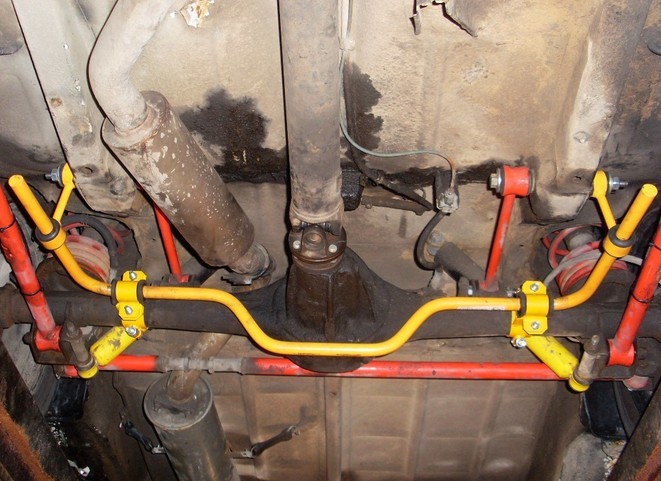
Is it safe to drive with the TPMS light on?
Low tire pressure will activate the TPMS indicator, which can contribute to premature tire wear and failure.
The Tire Pressure Monitoring System (TPMS) alerts you when tire pressure is too low by turning on a warning light on the dashboard. Proper tire inflation is critical to tire performance, vehicle handling and payload capacity. A properly inflated tire will reduce tread movement to prolong tire life, make it easier to roll for optimal fuel efficiency, and improve water dispersion to prevent hydroplaning. Low and high tire pressures can lead to unsafe driving conditions.
Low tire pressure can lead to premature tire wear and failure. An under-inflated tire will turn more slowly, negatively impacting fuel economy and causing extra heat. High tire pressure or overinflated tires will cause premature wear of the center tread, poor traction, and will not be able to properly absorb road impacts. If a tire fails due to any of these conditions, it can cause the tire to rupture, which can result in loss of vehicle control.
What to do when the TPMS light comes on
Once the TPMS light comes on, check the pressure in all four tires. If one of the tires is low on air, add air until the pressure reaches the manufacturer's specifications, which can be found on the inside of the driver's side door panel. Also, the TPMS indicator may come on if the tire pressure is too high. In this case, check the pressure in all four tires and bleed if necessary.
The TPMS light can come on in one of the following three ways:
The TPMS indicator lights up while driving:If the TPMS light comes on while driving, at least one of your tires is not properly inflated. Find the nearest gas station and check your tire pressure. Driving for too long on under-inflated tires can cause excessive tire wear, lower gas mileage, and pose a safety hazard.
TPMS flashes and goes off: Occasionally, the TPMS light will turn on and off, which may be due to temperature fluctuations. If the pressure drops at night and rises during the day, the light may turn off after the vehicle warms up or the temperature rises during the day. If the light turns on again after the temperature drops, you will know that the weather is causing tire pressure fluctuations. It is recommended to check the tires with a pressure gauge and add or remove air as needed.
The TPMS indicator flashes on and off and then stays on: If the TPMS indicator flashes for 1-1.5 minutes after starting the vehicle and then stays on, the system is not working properly. The mechanic should inspect your car as soon as possible. If you need to get behind the wheel, be careful as the TPMS will no longer alert you to low tire pressure. If you have to drive before a mechanic can inspect your car, check the tires with a pressure gauge and add pressure if necessary.
Is it safe to drive with the TPMS light on?
No, driving with the TPMS indicator on is not safe. This means that one of your tires is under-inflated or over-inflated. You can find the correct tire pressure for your vehicle in your owner's manual or on a sticker located on your door, trunk, or fuel filler cap. This can cause excessive wear on the tire, potentially causing it to fail and lead to an explosion, dangerous to you and other drivers on the road. Be sure to refer to your user manual for specific instructions on monitoring your TPMS system, as manufacturers may set their TPMS indicators to trigger differently.
